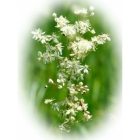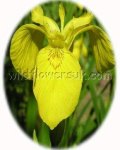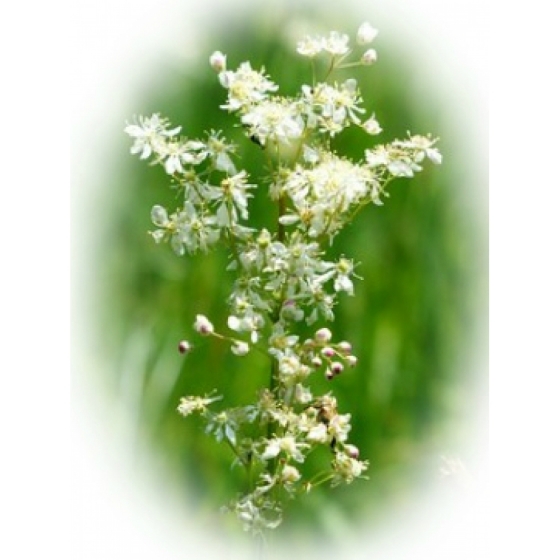 | ||
Perfect for pollinators Dropwort -filipendula vulgaris– grows best in dry grassland and is well suited to chalk and limestone soils on sites where there is plenty of sunlight. It is quite adaptable however and in gardens can still be grown on heavier soils where plants will attract a wide range of insect life such as Bees, and Butterflies. Dropwort is a low growing species with delicate cream coloured flowers, that appear from May to July. Dropwort looks best growing with other chalk and limestone plants that flower in early to mid summer such as Oxeye daisies, Greater Knapweed, Cowslips, Meadow Cranesbill and Small Scabious. How to grow Dropwort Seeds Dropwort seeds are best sown in autumn, in seed trays and covered lightly with compost. The seedlings, can be pricked out and grown on, for planting out later in the year. RHS Perfect for Pollinators. The RHS Perfect for Pollinators mark is only given to plants that support pollinating insects in gardens. Bees, butterflies, moths, hoverflies and many others visit flowers to feed on nectar and pollen; while doing so they transfer pollen and increase seed set and fruit development. Find out more at: rhs.org.uk/plants To discover more plants for Bees, simply enter the word "pollinators" into the search box above. To buy Dropwort seeds To purchase Dropwort seeds, please select a quantity above and click add to cart. To ensure the best chance of success, we sell all of our wildflower seeds by weight, which ensures each wildflower seed packet contains a good quantity of seeds. The recommended sowing rate is 1 gram per square metre, and the number of Dropwort seeds per gram is approx. 870. All of our Wildflower seed packets contain seeds of Native British provenance. Summary type - perennial, colour - White or Cream, height - 25 to 50cms, flowering months - May, June, July, habitat Chalk and Limestone Grassland | ||
Printed 30/12/2025 14:02:03
st36_1 type perennial colour white or cream height 25 to 50cms flowers may june july habitat chalk and limestone grassland rhs perfect for pollinators pollinating insects bees butterflies moths hoverflies





 added to basket
added to basket